Lab Date: Feb. 22, 2019
Instructor: Marcela
Lab Partner: Jackson
Aim of Today’s Lab: Build 3 circuits with Arduino Uno
Circuit 1: Fade
Materials used: LED, 220 ohm Resistor, Arduino Uno, Jumper Cables, USB Cable, Breadboard

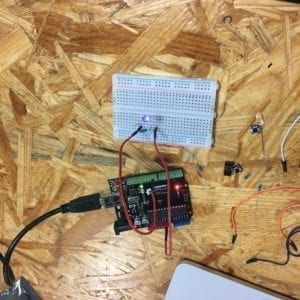
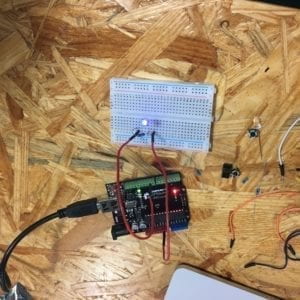
Process:
We had no problems with this circuit as it was relatively straight forward. All we needed to do was to put the jumper cables in ground and power (pin 9) and connect the resistor and the LED to that and then connected the Arduino to the computer to upload the Fading file. The LED faded in a loop as it was supposed to.
Circuit 2: toneMelody
Materials used: Speaker/buzzer, Arduino Uno, Jumper Cables, USB Cable, Breadboard

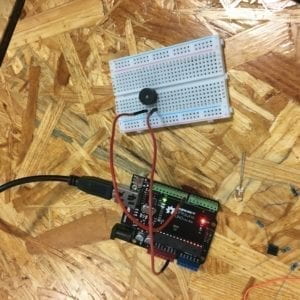
Process:
This circuit was also pretty straight forward. We removed the resistor and LED and replaced it with the speaker/buzzer. Then we moved the jumper cable connected to power from pin 9 to pin 8. We connected the Arduino and uploaded the toneMelody file and it made sound.
Circuit 3: Speed Game
Materials used: Speaker/Buzzer, two LEDs, two 220 ohm resistors, two 10K ohm resistors, two Push Buttons, Jumper Cables, Arduino Uno, USB Cable, Breadboard

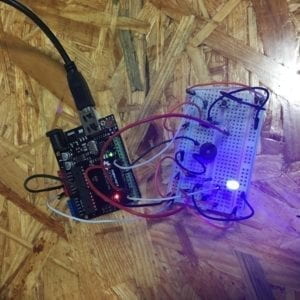
Process:
There was a lot of components to this circuit, but we managed to get it almost completely right once we plugged it in and uploaded the code from the tinkercad site. The only issue we ran into was the speaker not working because we didn’t correctly connect the jumper cables to the speaker. Once we moved those cables, the game worked! We also tried the game with the arcade button.
With Arcade Button
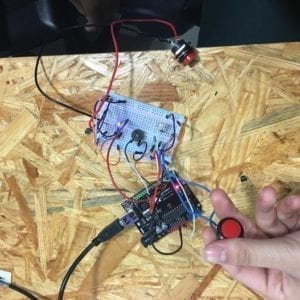
My Schematic
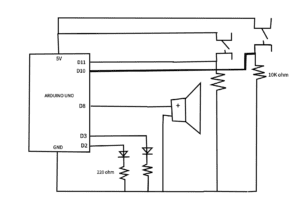
Conclusion
While we didn’t run into many issues with the circuits, I did learn a lot in regards to how the Arduino worked in conjunction to all of the components we used in last recitation.
Answers to Questions
Reflect how you use technology in your daily life and on the circuits you just built. Use the text Physical Computing and your own observations to define interaction.
Technology is heavily integrated in my daily life from my phone which I use to for a multitude of tasks like calling, messaging, or using applications; to my computer which I can use to surf the web and other programs; to the bus or metro I use to get to place to place; to even the mere objects I use such as a chair or table which has used some form of technology to have been manufactured. The circuits I just built use technology (i.e. Arduino) and is a form of technology.
I would define interaction as the ability for two or more entities that have the ability to react with and respond between one another. The article describes it interaction as input, output, and processing. For example, you can interact with the radio by turning the knob (input) which in turn changes the volume of the sound (output). By turning the knob, the volume responds and reacts to those changes.
If you have 100,000 LEDs of any brightness and color at your disposal, what would you make and where would you put it?
If I had 100,000 LEDs of any brightness and color, I would create a large panel in which you could use your body to create a R&B soundscape and beat, which would probably be in an art exhibit or public place. I would use live motion capture to follow the movements of one’s body in front of the panel and in turn the LEDs will light up and create a sound which correlates with the speed or behavior of the movement. If one touches another body, overlaps with another person, or touches or maneuvers some part of this abstract soundscape landscape on the screen, it will change the color of the LEDs and the sound.